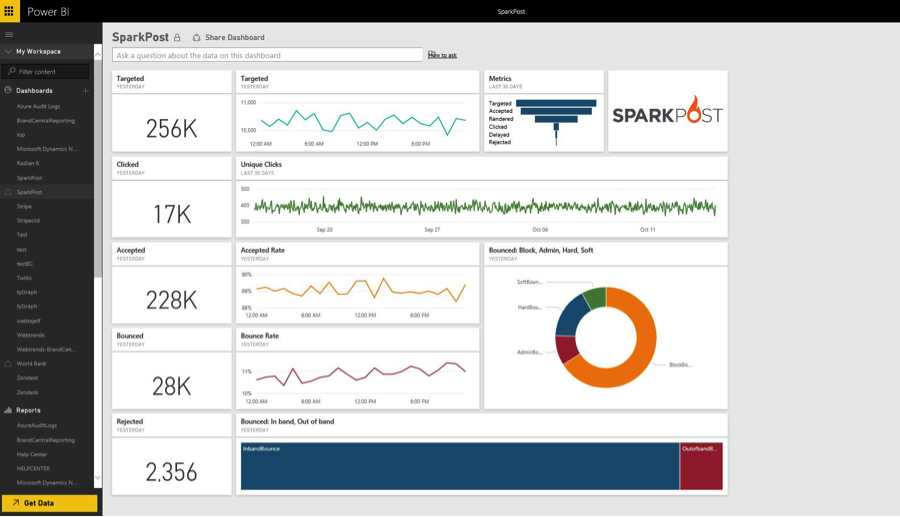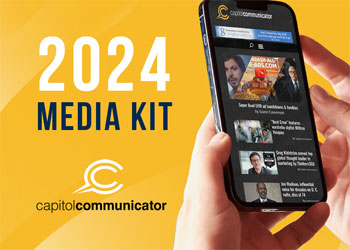By , Response Labs
When a spam filter issue occurs, your recipient’s email server sends your content to their spam folder. It’s important to stay vigilant (or have an agency take the lead) to prevent these issues from occurring and to try to rectify them before it impacts your sender’s reputation. Below we break down a spam filter issue we found with one of our clients and how we fixed it.
Why does sender reputation matter?
Maintaining a good sender reputation is critical to the success of an organization’s email strategy. Your email can have the right message, audience, and look, but if your deliverability is compromised, your customers may never see the email.
As a part of being the stewards of CRM and loyalty emails for many of our clients, we regularly monitor deliverability and inbox placement to be on the lookout for these issues.
A client case study:
– The Problem: Emails Filtered as Spam from Microsoft Domains
Upon routine inbox placement/deliverability monitoring, we found a client was being filtered by Microsoft domains (hotmail.com, outlook.com, live.com, msn.com, etc.). This client uses Salesforce Marketing Cloud.
When checking our client’s deliverability and inbox placement scores using MessageBird Email (formerly called Sparkpost), we noticed a lower-than-expected rating (80%) and a 0% inbox score for Microsoft. Below is an example of a dashboard of information you would see for your sender reputation in MessageBird.

Source: MessageBird
– The Discovery: Examining Key Indicators
Since the issue seemed to be isolated to Microsoft, we then checked SNDS (a free postmaster service offered by Microsoft.) SNDS provides high-level insight into an IP’s email deliverability and sender behavior to Microsoft consumer mailboxes such as Outlook and Hotmail). Sure enough, the issue was flagged here, too.
For final confirmation of the issue’s source, we went back into Salesforce Marketing Cloud and pulled a report on this client’s most recent emails to see message performance by email domain. Microsoft domain engagement rates were significantly lower than the rest, indicating that these emails weren’t making it to subscribers’ inboxes.
– The Solution: Suppressions and Support
When we flagged this issue for our client, we also presented a multi-part solution.
- Since open rates for these emails to Microsoft domains were abnormally low, we recognized that we had to improve that metric to improve the client’s sender reputation. The guiding principle behind this is that anyone who hasn’t opened or clicked in a while isn’t resonating with our content, so we should filter them out of the audience.
- The first line of defense was to add a supplemental Microsoft suppression onto the sends. We already had more general engagement suppressions in place but we built one specifically to address these Microsoft subscribers whose emails were filtering in as spam.
- Specifically, we started by suppressing Microsoft users who hadn’t engaged with an email in the last six months. The process took several weeks as we gradually made restrictions tighter (to send emails to Microsoft users who engaged with one of the client’s emails in the last 90 days) until we saw spam filtering stop.
- We also asked Microsoft to unblock our client’s IP address so the emails wouldn’t register as spam.
– The Result: Higher Deliverability Scores
After figuring out the right suppression level for Microsoft recipients, we saw spam placement reports stop. We also checked engagement rates for emails going to Microsoft. We confirmed that after a few months of suppressions, open and click rates for those recipients were comparable to all other recipients. That indicated we had finally reached a more “normal” standard and was confirmed by the fact that there were no longer issues noted by SNDS.
And yes, we did say months. Sender reputation issues can take a while to reverse because these measures are meant to protect everyone from nefarious actors using email to send spam, phishing traps, and other problematic emails. Ultimately, times vary depending upon the volumes of sends going out. If you send mass, untargeted messaging frequently, it could take less time to resolve (this client sends only one or two mass campaigns per week).
We slowly relaxed the suppression over the next month, and if deliverability scores drop, we’ll tighten the suppression again. We plan to rinse and repeat until we can remove the specific Microsoft suppression entirely.
How you can avoid an issue like this
Engagement-based suppressions are a best practice to safeguard your sender reputation. Every organization and brand will have a different approach to this, ranging from suppressing folks who haven’t opened an email in as long as two years or as little as two months. Identifying the best suppression threshold depends on your audience size and frequency of sending.
The success of an email program depends on arriving in the inbox. Emails marked as spam generally don’t get opened, generate clicks, or drive revenue. Get and stay in your customer’s inbox by having a knowledgeable email team and sending relevant, engaging content. The best way to verify that messages are making it to your readers’ inboxes is to use a third-party monitoring tool dedicated to deliverability, such as MessageBird Email.
That’s where we come in. Response Labs is a team of innovative digital marketing experts that delivers data-informed, personalized messaging at scale to increase engagement and fuel revenue growth. A critical part of that is safeguarding and stewarding the email strategies of our clients to make sure every aspect of their campaigns is in top shape, from deliverability and inbox placement to creative, deployment, and analytics.
Response Labs is a Capitol Communicator sponsor.

























0 Comments